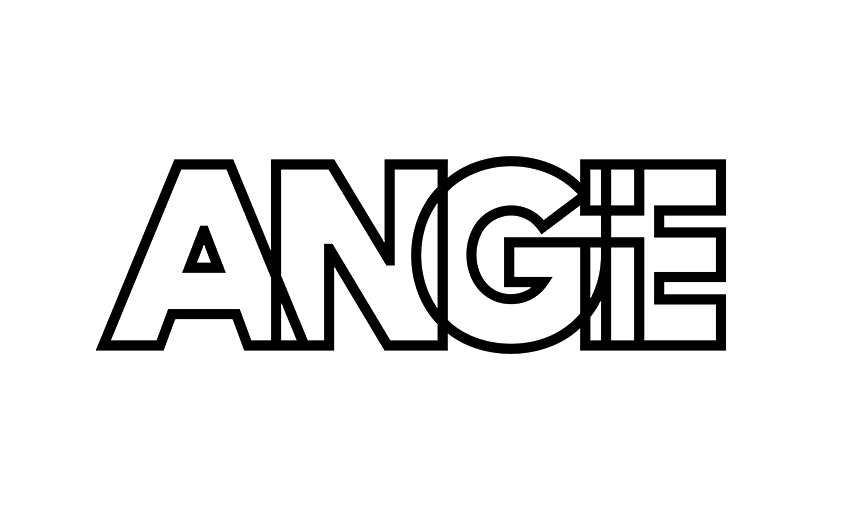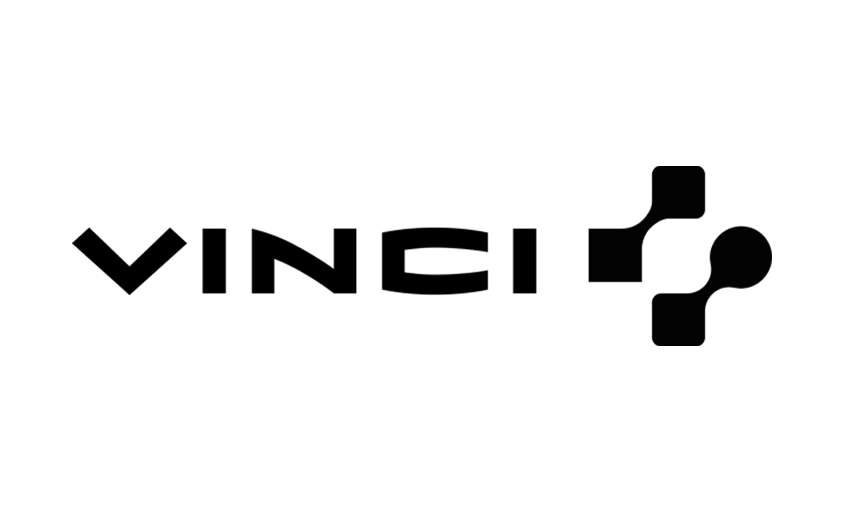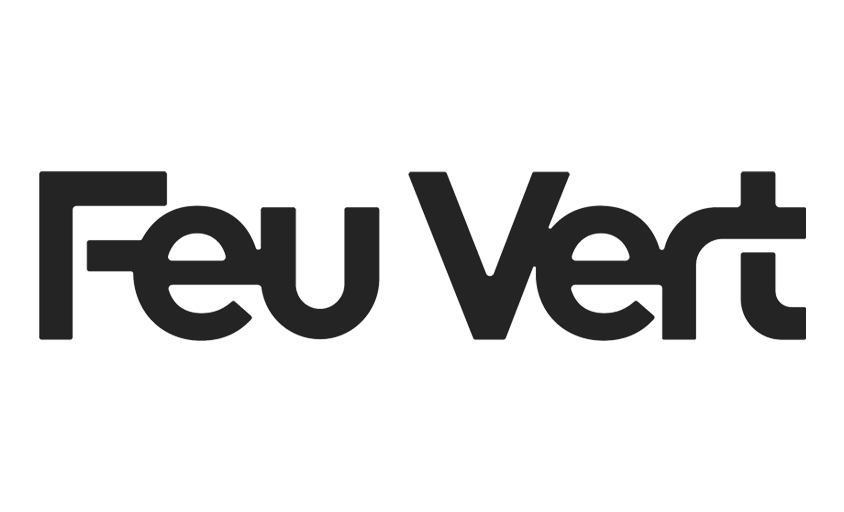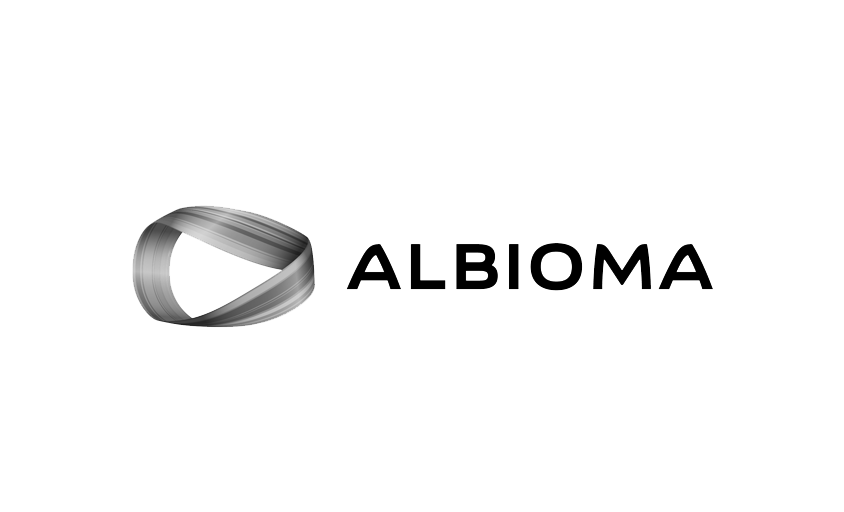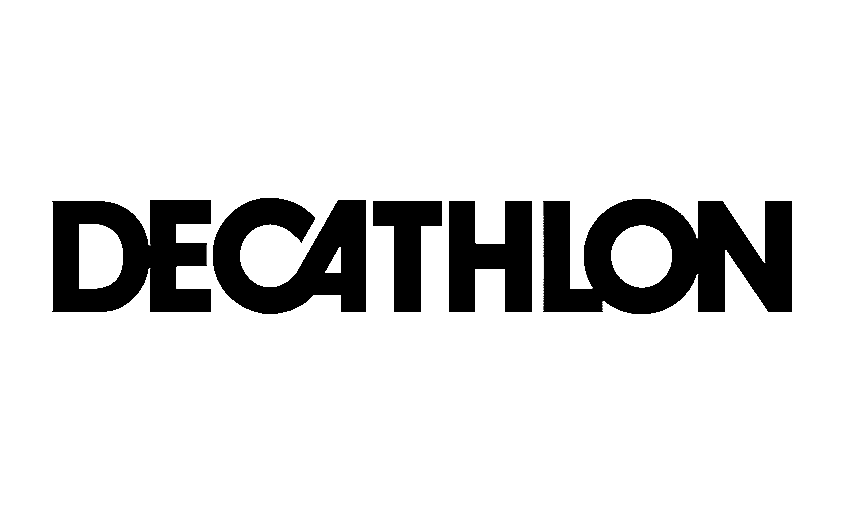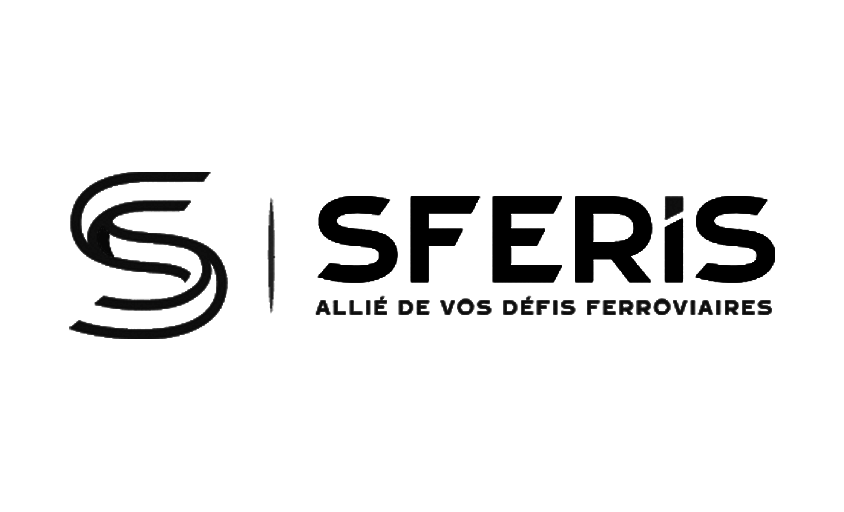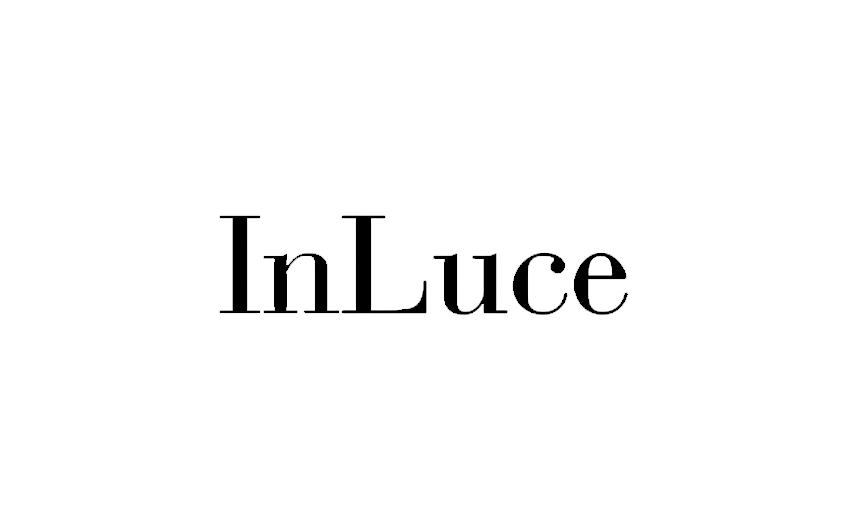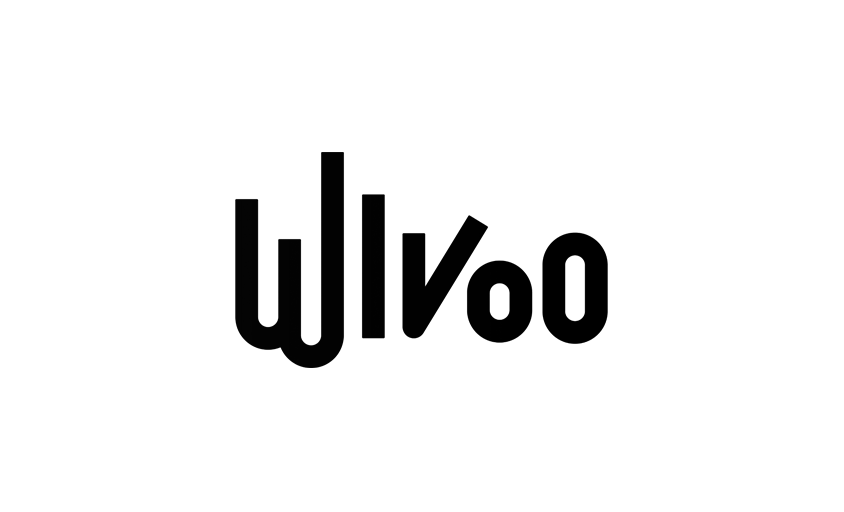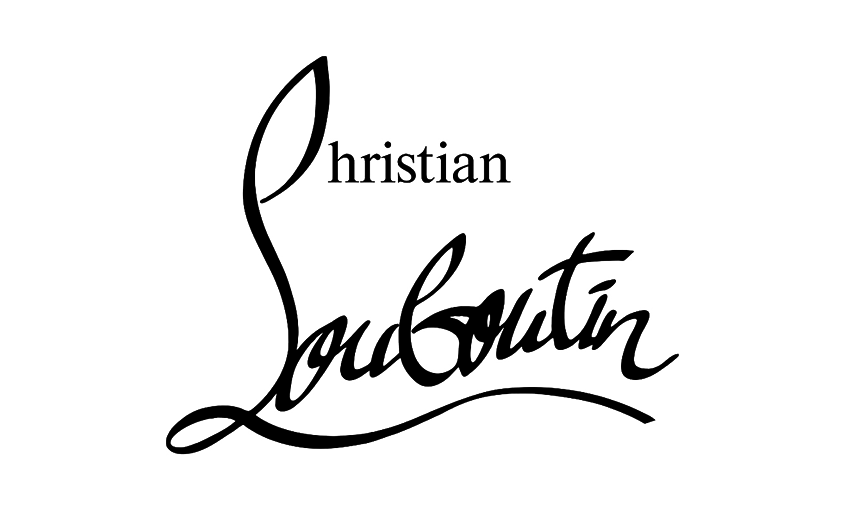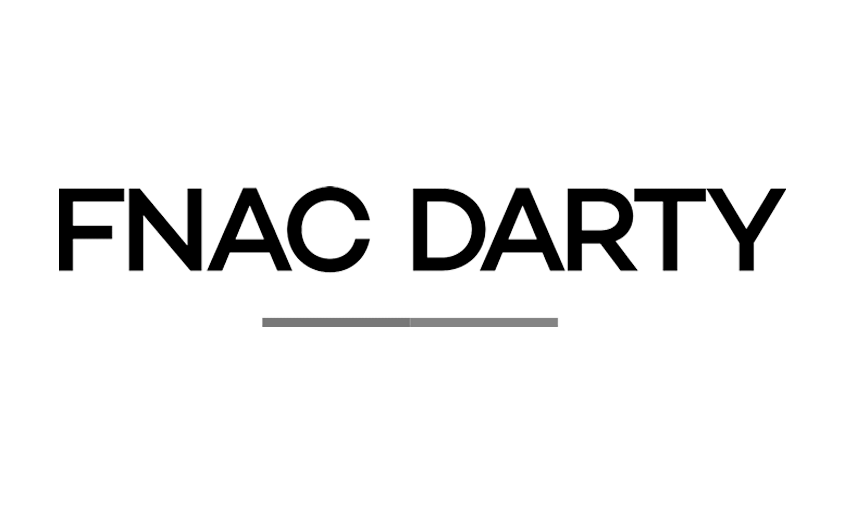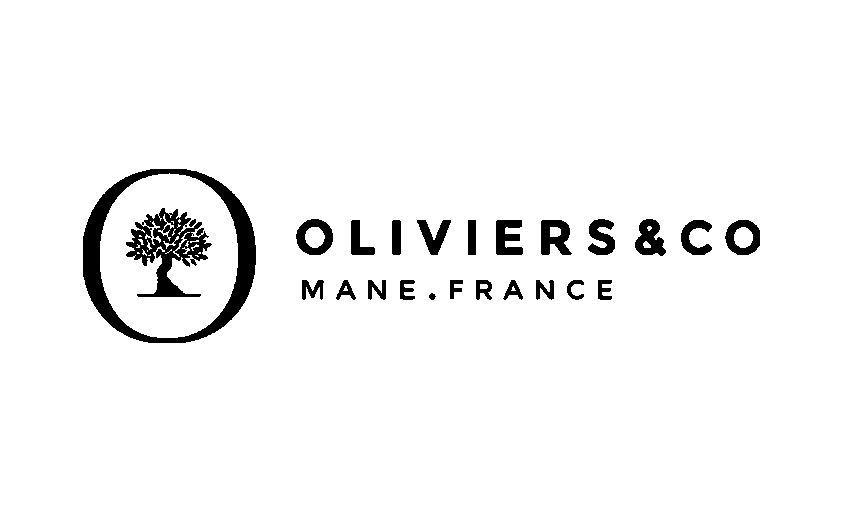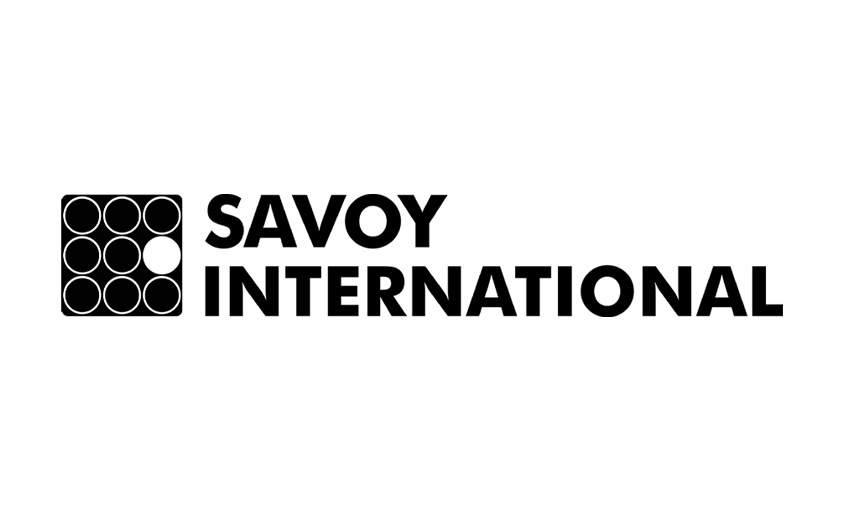The Best Tools for Photographer Agents
In this article :
Management Software and CRM
Let’s start with the basics: organization. An agent juggles photographers, clients, contracts, and deadlines. Without a management tool, everything quickly gets mixed up.
Concrete example: an independent agent representing three photographers and handling ten projects simultaneously. With just a notebook, it’s impossible to know who to follow up with, which contracts are about to expire, or which client is waiting for a quote.
👉 This is where a CRM (Customer Relationship Management) becomes essential.
- HubSpot: simple and free to get started.
- Salesforce: suited for high volumes and structured teams.
- Airtable / Notion: flexible, perfect for creating a custom system.
A good CRM is like a dashboard: it shows your current status and highlights what absolutely must not be forgotten.
Communication Tools
Here, no long speeches: efficiency relies on three key points.
- Everyday communication: Slack or Teams, to keep discussions organized and centralized.
- Meetings: Zoom or Google Meet, depending on your contacts.
- Visuals: WeTransfer Pro or Review, which allow easy sending and annotating of HD photos.
⚠️ Common mistake: multiplying communication channels (WhatsApp, Messenger, emails…). Result: a client gives feedback on one platform, the photographer on another… and the agent wastes time gathering all the information.
Marketing and Visibility Platforms
This part is central: it’s where the agent showcases their photographers.
- Behance / Format: to display a complete and polished portfolio.
- Instagram Business: an essential tool in fashion, luxury, and advertising.
- LinkedIn: often overlooked but crucial for corporate and institutional work.
- Mailchimp / Brevo: newsletters to stay present in the inboxes of art directors.
💡 Practical tip: an agent who sends a selection of recent projects to their contact list every quarter stays “top of mind.” This simple discipline can directly generate new commissions.
Financial and Administrative Tools
An agent is also a manager. Many underestimate the importance of financial discipline.
- 🟢 QuickBooks or Sage: to automate quotes, invoices, and payment tracking.
- 🟢 HelloSign / DocuSign: secure contract signing, even remotely.
- 🟠 Payfit: useful if the agent has a team, but overkill for an independent professional.
✅ Advantage: professionalizes the client relationship.
⚠️ Disadvantage: requires some setup time at first, but saves hours of headaches later.
Performance Analysis
Too many agents work “by instinct.” Yet measuring the impact of actions makes all the difference.
- Google Analytics: to see if a portfolio attracts qualified traffic.
- Hootsuite / Buffer: to track social media reach.
- Tableau / Power BI: for the most structured agents, to cross-reference client, contract, and visibility data.
Practical case: an agent notices that Instagram posts by one photographer get lots of interactions but few quote requests. Data reveals that the online portfolio isn’t clear enough, so it’s revised to improve conversions.
Image Archiving and Management
Straight to the point: an agent must quickly find and share files.
- PhotoShelter: specialized for photographers.
- Dropbox Business: efficient and universal.
- Capture One: useful for organizing images right from production.
Not the most glamorous part, but it ensures reliability. An agent who loses a file also loses client trust.
Trend Watching and Inspiration
This might be the least “technical” part but arguably the most strategic. An agent who doesn’t follow trends ends up offering outdated styles.
Useful tools:
- Pinterest Trends: to spot emerging aesthetics.
- ShotDeck: to build detailed moodboards.
- Feedly / Google Alerts: to monitor brand campaigns and market trends.
👉 A vigilant agent can advise their photographer: “This documentary style is trending in sports advertising—prepare a series in that vein.” This is where the difference lies between a simple representative and a true strategic partner.
Conclusion
A photographer’s agent is not just an intermediary: they are an organizer, communicator, marketer, financial manager, analyst, and strategist. The tools presented here enhance every aspect of the role.
When chosen wisely, they save time, professionalize client relationships, and help anticipate trends. But it’s important to remember: success doesn’t come from the software itself, it comes from how these tools are integrated into a clear vision for the photographers’ careers.
At Rétines, we know that a well-equipped and organized agent is not only more productive but also more valuable to the talents they represent.
Jérémy Carlo is the editorial director at Rétines, where he ensures the consistency and clarity of all content produced by the studio.
Our Clients
Let’s discuss
What we do for you at Rétines
Meticulous work, an organised project and fast delivery. And to achieve this, we mobilise the right resources in our teams at the right time.
01
Pre-production
Artistic and technical direction tailored to the project.
Relevant recommendations on content, form and resources.
02
Photo Shooting
Photos taken by our experienced photographers.
Production that’s controlled, efficient and tailored to the needs of the project, with nothing superfluous.
03
Retouching
Technique
Photographs magnified by our retouching team.
Post-production to meet the commercial challenges of the brief.

